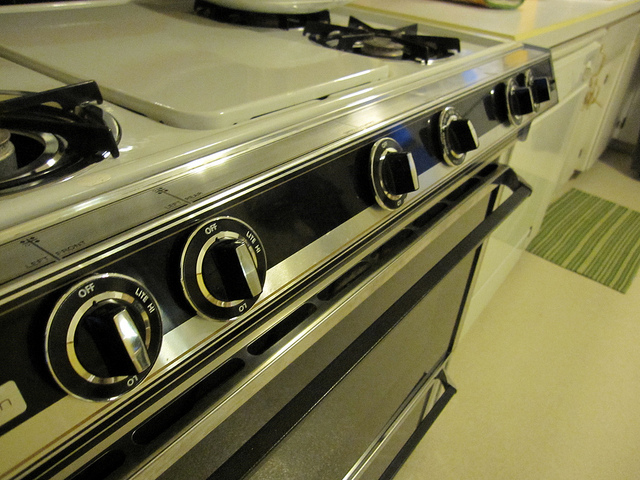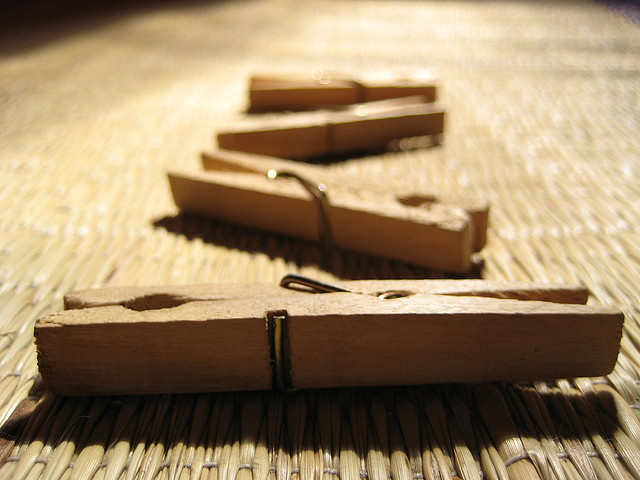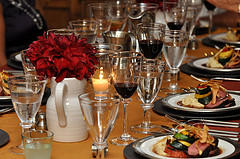You’re always on the hunt for chemical-free ways to clean your home, but when it comes to really heavy duty cleaning in areas like the oven, it may seem almost impossible. Luckily, it is possible to clean your oven without using chemicals—it just takes a bit of ingenuity and a few smart tips from the pros.
- Take out the oven racks and let them soak in a tub of hot water.
- Make a paste of ¼ cup of baking soda, 2 tablespoons of coarse salt and just enough warm water to create a thick consistency.
- Using a durable sponge, scrub the paste into the stained parts in your oven. Concentrate on areas that see a lot of spills and drips, such as the bottoms and around the racks.
- Let the past sit on the stains for an hour or two, depending on their severity.
- Using the same sponge rinsed out with clean water, wipe away the paste and give it a second good scrub. You may also want to use a finer grade steel wool for difficult stains.
- For extra cleaning power, spray the entire oven with a spray bottle filled with white vinegar, then wipe it away with a clean cloth.
- Before replacing the oven racks, scrub them using simple steel wool and an all-natural dishwasher detergent to break down grease.
How To Clean an Oven Without Harsh Chemicals [Apartment Therapy]
Natural Oven Cleaning Recipe [Wellness Mama]
How To Clean an Oven With Baking Soda & Vinegar [The Kitchn]




 Equal Housing Opportunity
Equal Housing Opportunity